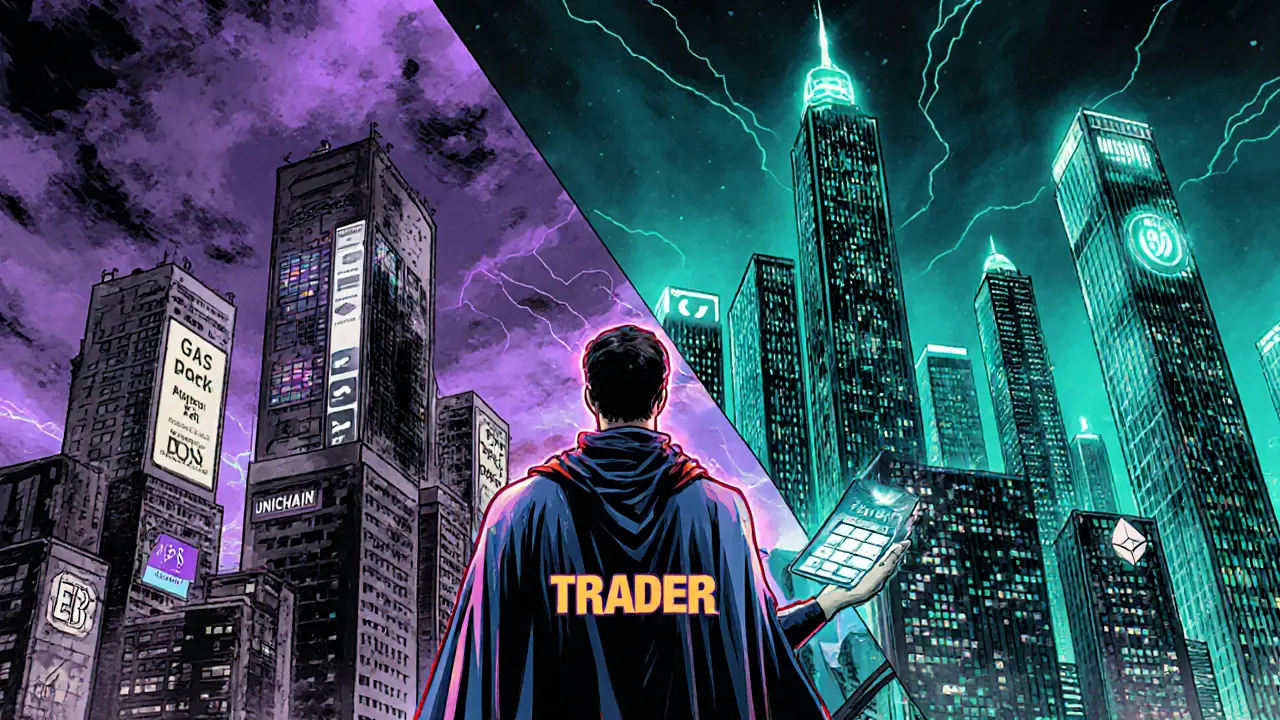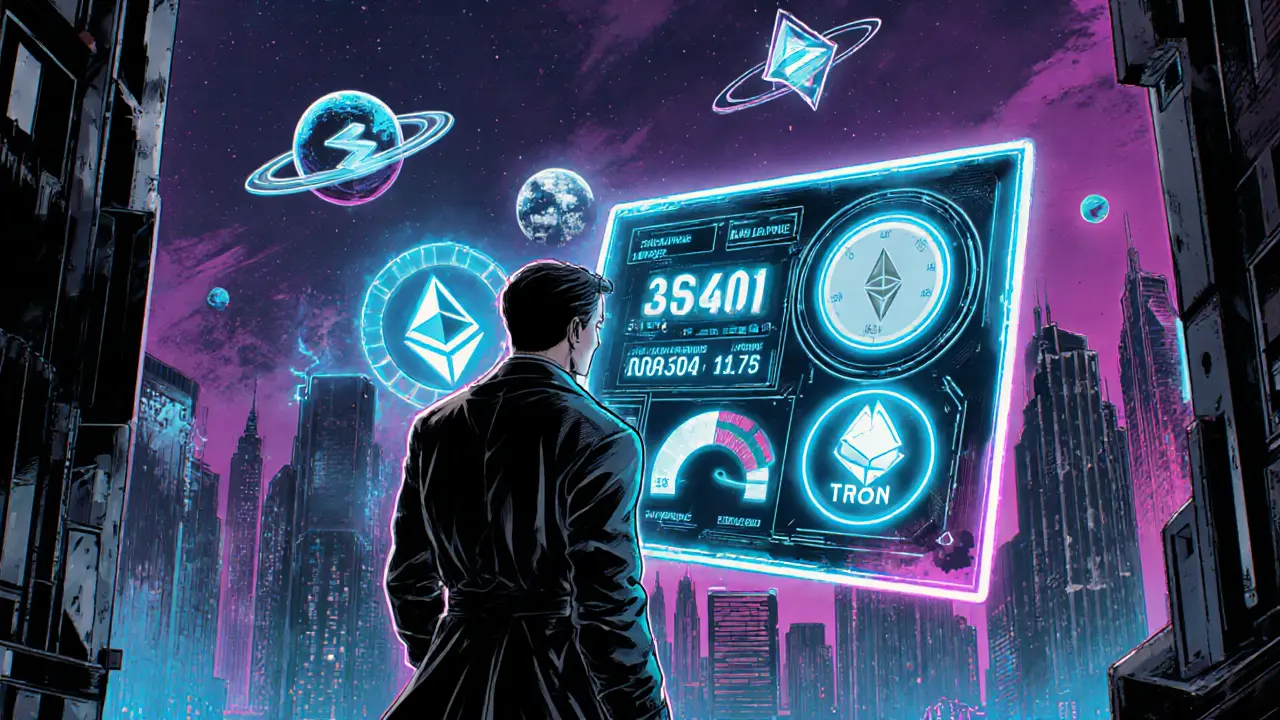DeFi: Decentralized Finance Explained
When diving into DeFi, the ecosystem of decentralized financial services built on blockchain technology. Also known as Decentralized Finance, it aims to replace traditional intermediaries with code‑driven protocols.
One of the most talked‑about features is flash loans, instant, unsecured loans that must be repaid within a single transaction. DeFi encompasses flash loans, which let users execute arbitrage, liquidation, or leverage strategies without upfront capital. To pull this off safely, the platform needs solid smart‑contract security, because a flaw can let attackers snatch funds in seconds.
Core Components of DeFi
reentrancy attacks, a class of exploits where a contract repeatedly calls itself before state changes are finalized illustrate why DeFi requires robust safeguards. The famous DAO hack showed how a missing check‑effects‑interaction pattern can drain millions. Modern frameworks now embed reentrancy guards, pull‑over‑push patterns, and formal verification to stop such breaches.
Beyond pure crypto assets, tokenized securities, traditional stocks or bonds represented as blockchain tokens broaden DeFi’s reach. By moving equities onto a decentralized ledger, investors enjoy instant settlement, lower fees, and global access. This tokenization links the old finance world with the new, creating hybrid products that can be traded on decentralized exchanges.
decentralized exchanges, trustless platforms where users swap tokens directly from their wallets power the liquidity engine of DeFi. Zero‑fee DEXs on Layer‑2 solutions, like Optimism’s OpenSwap, enable high‑speed trades while cutting gas costs. Because DEXs operate without custodial control, they align perfectly with the DeFi ethos of permissionless participation.
All these pieces rely on immutable blockchain records, cryptographically sealed data that cannot be altered after inclusion. Immutability builds trust, ensures auditability, and satisfies regulators looking for transparent transaction histories. When DeFi combines flash loans, secure contracts, tokenized assets, and DEX liquidity, the result is a vibrant financial playground open to anyone with an internet connection.
Now that you have a solid picture of what DeFi covers—from flash loans and security concerns to tokenized securities and DEX mechanics—explore the articles below for deeper dives, how‑to guides, and the latest reviews that will help you navigate this fast‑moving space.
A deep dive into Unichain, the Layer‑2 rollup powering Uniswap v2, covering speed, fees, user experience, fee distribution, ecosystem adoption, risks, and future roadmap.
Anatolia Token (ANDX) is a multi‑chain DeFi token with zero circulating supply, limited liquidity, and unclear roadmap. Learn its specs, price, how to trade, and key risks.


